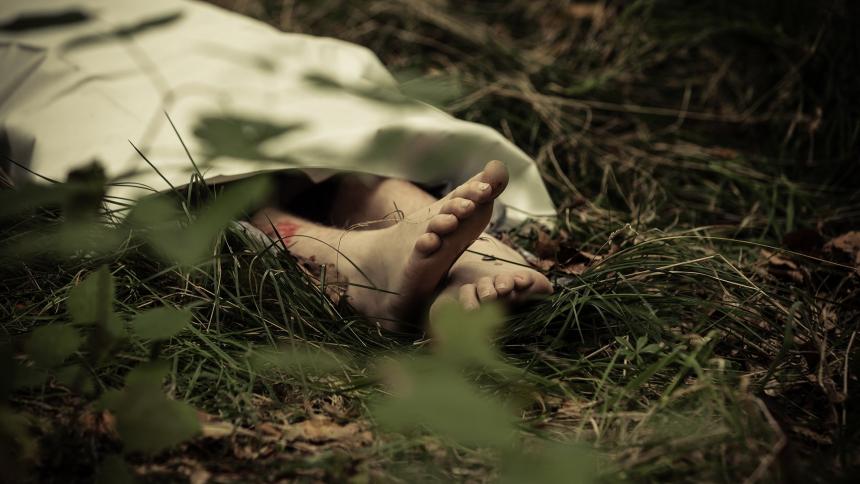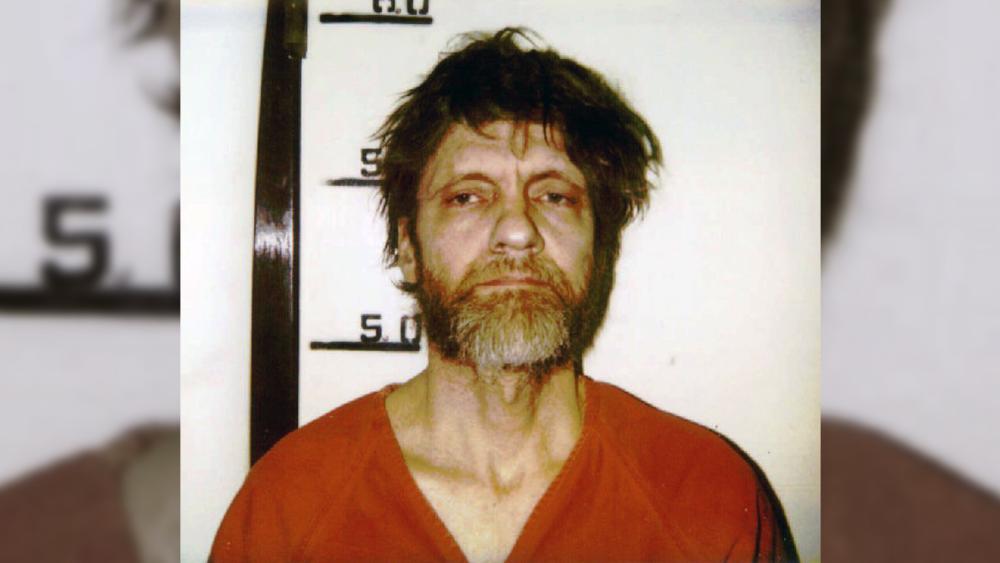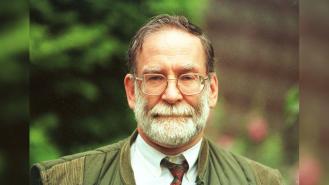
Why were so many serial killers active in 1978?
Going ‘Berserk’ in the Modern Age
It’s well known that the decades following the end of World War Two saw an exponential rise in the number of serial killers worldwide. According to figures from Radford University, the number of global serial killers (as based on the FBI definition of the time) across the entirety of the 1940’s was 100 exactly. In the ‘50s that number was 113. The ‘60’s saw the number upped to 293. 1970-1980 saw that number rise to an incredible 765 active serial murderers living and killing on Earth. That’s quite the rise.
By 1978, fever pitch had been reached. Serial killer-attributed murders were off the charts...
Not only were the number of serial killers rising as the 1970’s went on, press attention on them had never been more focused on the grisly trend. Interest in true crime was at a peak and television news was entirely preoccupied with the crimes of the latest serial or spree murderer. By 1978, fever pitch had been reached. Serial killer-attributed murders were off the charts. The phenomenon had reached its very own berserker phase.
Forty years on from the year that saw the most incredibly grim and bloody twelve months of serial killer action than ever before, let’s look back at exactly what happened and what might have caused such a frenzy of activity, obsession and panic...
A Serial Killing Hurricane Brewing
To detail each and every murder, arrest, trial and episode of serial killer hysteria that 1978 inflicted upon the world would be an almost endless exercise in unbelievable depravity. Some context and explanation are required, though. So, instead, we’ll merely present you a rather matter-of-fact list of just some of the more high profile serial killer-related events of that depressing and blood-soaked year:
- Ted Bundy killed his three last victims in a savage spell of violence that finally ended in him caught by police after a seven-year reign of terror that saw him kidnap, rape, torture and murder more than thirty women.
- Georgia's ‘Stocking Strangler’ Carlton Gary was arrested after a year of killing elderly women. He would remain in prison (apart from a year on the lam after escaping in 1983) until his execution by lethal injection in March 2018.
- The Hillside Stranglers killed their tenth and final victim as a deadly duo.
- The now notorious figure of ‘clown killer’John Wayne Gacy was finally arrested and charged after killing over thirty boys and young men in Illinois. He had spent the previous six years snatching, raping, strangling and burying children in the crawlspace under his Chicago home.
- In 1978, some of history's most well-known serial killers ended their reigns of terror while others were just getting started.
- Jeffrey Dahmer committed his first murder.
- ‘The Butcher of Rostov’ or ‘Red Ripper’ Andrei Chikatilo slaughtered his first victim. He would go on to kill more than FIFTY more women and children until his capture some twelve years later.
- Britain’s second most prolific ever killer Dennis Nilsen, on the other side of the pond killed his first victim.
- The Connecticut River Valley Killer started his grisly reign. He would kill again and again until 1987, never being arrested or even identified.
- Orange County killer Gerald Parker raped and murdered five of his six victims.
- The incredibly cruel serial rapist and murderer Phillip Carl Jablonski killed the first of his five victims.
While the following were all still active and as yet unapprehended:
Émile Louis, Paul Steven Haigh, Peter Sutcliffe, Carroll Cole, Richard ‘The Iceman’ Kuklinski, David Parker Ray, Donald Henry Gaskins, Richard Biegenwald, Henry Lee Lucas, Otis Toole, Kenneth McDuff, Richard Cottingham, Jerry Brudos, Gerald Stano, Stephen Morin, Charles Ray Hatcher, Donald Harvey, Randy Steven Kraft, Robert Hansen, Marybeth Tinning, Daniel Camargo Barbosa, John Floyd Thomas Jr., Arthur Shawcross, the Cook brothers, Carl Eugene Watts, William Suff, Archibald Hall, David Edward Maust, Robert Ben Rhoades, Robert Lee Yates, Thor Nis Christiansen, Joseph Roy Metheny.
To name but a few....
Let’s not forget that 1978 saw one of the most incredible and brazen incidents in the thousands of years of serial killer lore...
On Wednesday, September 13th 1978, Rodney Alcala appeared on the US game show The Dating Game. A handsome guy, he beat off competition from two other men to win a date with Ms Cheryl Bradshaw. On meeting him properly after the show, Bradshaw decided against the date. Which turned out to be a wise move. Only Alcala was a serial killer, having already killed four women and spent time in prison for raping two minors. He would go on to claim that his killing days saw him rack up a kill count ‘between 50-100 women.’
It wasn’t just straight-up serial killing that 1978 seemed to urge people to get involved in, either…
- Just for good measure, Ted 'Unabomber' Kaczynski started his bombing campaign that year. - And cult leader Jim Jones led 900 people to their deaths in a mass suicide in Guyana.
You’ll have to trust us when we tell you that those are merely the highlights too. They’re just the events - mostly from America - that were recorded and publicised across 1978. The true scale of the devastation and destruction caused in that one year alone by serial killers is no doubt inconceivable in its full form.

A Perfect Storm?
Just what was behind things coming to such a brutal head back in ‘78? Well, as with life, there are no easy one-size-fits-all answers. Rather, there are a number of potential factors to consider when looking at why serial killing violence was so devastating during the late seventies.
Writers, psychiatrist and social commentators have theorised plenty amongst themselves. And many of their ideas resonate, to one degree or another. Some of the most convincing reasons put forth include:
War. The average serial murderer hits his ‘peak’ at around thirty years of age. Men aged thirty in the late ‘70s would have been the babies of returning World War Two soldiers. PTSD was as yet unrecognised and many returning heroes came home - especially to the USA, the spiritual home of serial killing - having seen and done truly dreadful things. A whole generation of men was raised by these often mentally unstable and emotionally absent men and grew up distant from empathy and harbouring their own violent urges.
More war. The Vietnam War was a disaster for the US in so many different ways. Forced to commit and endure acts of gross violence, torture and horror, hundreds of thousands of young men were ruined by their years spent in the jungles of Southeast Asia. Coming home to disgust and jeers, many never recovered. And, as we all know, violence begets more violence.
Highways. The interstate highway system in America - and similar road developments across the world - connected parts of the country together in a way that gave rise to the ‘drifter’ and allowed potential killers to exploit geography and widen their net of potential violence.
The serial killers of the 1970’s were the first generation of divorce.
Fame. Public fascination with serial killers may just have encouraged violent and sadistic people to indulge their sick fantasies. Now, in all likelihood, those people would take their cue from the news and become mass shooters or terrorists, but in 1978? A spree of individual deaths was the go-to answer.
Pop culture. Post-war children were often raised on a literary diet of detective and true crime magazines. Such publications were often indistinguishable from the seedier end of the ‘pulp’ market which featured photo sets of tied and bound women, alongside descriptions of grisly real-life torture and torment. Many an impressionable young boy grew up with a stash of such magazines under his mattress. Could that have made an impact?
Divorce. The serial killers of the 1970’s were the first generation of divorce. Familial breakdown is not, of course, responsible alone for violence. But it is one of many other factors that can contribute. The statistics on serial killers coming from ‘broken homes’ bears that out.
Lead. It’s not a universally accepted theory, but some people are adamant that the increased use of lead in industry and things like gasoline lead to a sharp rise in violent crimes. Leaded gasoline emission in the 1940’s and ‘50s may have affected the pathology of an entire generation.
Perhaps the answer lay somewhere amongst those thoughts and theories.
Crime writers and true crime aficionados may call them the ‘golden years of serial killers’ and 1978 the golden year in particular, but let’s face it, forty years on from the annus horribilis of serial killers… We’ve had plenty of time to reflect on the idea of them. And we’re probably best off without them.










